Best Practices Articles

Partner Relationship Management: Best Practices of Data Migration
Data migration is pivotal to successfully integrating Partner Relationship Management (PRM) software. Whether transitioning from an outdated system or consolidating multiple platforms, ensuring the accuracy, consistency, and completeness of your data migration is critical. A smooth migration process helps your PRM system work well. It also protects your business processes and partner relationships.
The stakes are high. Mistakes during data migration can cause data loss, corruption, duplication, or inconsistencies.
These issues can hurt your PRM system’s performance. This, in turn, can disrupt workflows, hinder decision-making, and damage trust among your partners. To avoid these pitfalls, a systematic approach to data migration is essential.
In this article, we will explore the best practices for migrating data during PRM integration. We will explain the steps of preparing, executing, and validating data migration. We will also share tips on using partner management software effectively. By following these guidelines, organizations can minimize risks and maximize the value of their PRM systems.
The Role of Data Migration in Partner Relationship Management
A successful PRM system thrives on accurate, reliable, and well-structured data. This data forms the foundation for core processes such as partner onboarding, performance evaluation, incentive management, and reporting. Without a smooth data migration process, your Partner Relationship Management software cannot deliver the desired insights or enable efficient decision-making.
Organizations moving to a new Partner Relationship Management platform need to gather data from different sources. These sources include Customer Relationship Management (CRM) systems like Salesforce or HubSpot. They also include Enterprise Resource Planning (ERP) platforms and Learning Management Systems (LMS). The migration process typically involves three key stages:
- Extracting Data: Retrieving information from source systems.
- Transforming Data: Converting data formats and structures to align with PRM requirements.
- Loading Data: Uploading the transformed data into the Partner Relationship Management system while ensuring accuracy and integrity.
Mistakes during these stages can lead to problems. These include duplicated records, broken relationships, and data loss. Addressing these challenges upfront is vital for ensuring that your partner relationship management software performs optimally and delivers value to your organization.
Comprehensive Best Practices for Data Migration in Partner Relationship Management Integration
1. Begin with a Detailed Data Audit
A data audit is the first and most critical step in any migration process. Before transferring data, you need to understand its current state. This involves answering key questions:
- Is the data accurate? Identify errors, outdated records, or incorrect formatting.
- Is the data complete? Ensure no gaps exist in critical fields such as partner names, contact details, or performance metrics.
- Is the data consistent? Check for standardization issues, such as differing date formats or naming conventions.
If your CRM saves dates as MM/DD/YYYY, and your PRM software needs them in DD/MM/YYYY, this difference can cause problems. These issues may occur during data migration. Similarly, duplicate partner records in the CRM could result in redundancy in the Partner Relationship Management, undermining data accuracy. Conducting a thorough audit helps you identify and resolve these issues before they escalate.
A comprehensive audit not only identifies inconsistencies but also provides an opportunity to clean up your data. This includes removing outdated or irrelevant records, merging duplicate entries, and verifying the accuracy of key partner information. By starting with clean, high-quality data, you set the stage for a successful migration.
2. Establish Strong Data Governance Policies
Effective data governance ensures that data quality is maintained before, during, and after migration. A robust governance framework should define:
- Standards for Data Entry: Uniform formatting, grouping, and field usage guidelines.
- Procedures for Validation: Clear processes for verifying data accuracy at different stages.
- Roles and Responsibilities: Assign accountability for data management to specific team members or departments.
Data governance should also address security concerns. During migration, sensitive partner data is often at risk of unauthorized access or breaches. Implementing strict access controls, encryption protocols, and regular audits can protect your data and ensure compliance with regulatory requirements.
Ongoing governance is equally important. After migration, regular data checks can keep your PRM system a reliable source for partner information. This ongoing vigilance reduces the risk of data degradation over time. Additionally, fostering a culture of accountability among team members can further enhance data quality and consistency.
3. Create a Robust Data Mapping Strategy
Data mapping involves defining how fields in the source system correspond to fields in the target system. For example:
- A CRM’s “Company Name” field might map directly to a “Partner Name” field in the PRM system.
- We must preserve complex data relationships, such as linking contacts to accounts.
A well-defined mapping strategy prevents the loss or incorrect assignment of critical information. Many organizations use data mapping tools or middleware solutions to streamline this process and minimize manual errors. A detailed mapping plan guarantees that the migration process leaves no data behind or misclassifies any information.
In addition to mapping fields, it’s important to document the mapping process thoroughly. This documentation serves as a reference for troubleshooting issues, onboarding new team members, and ensuring consistency in future migrations. By maintaining clear records, you can mitigate risks and enhance transparency throughout the migration process.
4. Leverage Data Transformation Tools
Data transformation ensures your information is compatible with the PRM system’s requirements. This step involves:
- Converting numerical values into the correct format (e.g., currency fields).
- Standardizing naming conventions for consistency (e.g., “ABC Inc.” vs. “ABC Incorporated”).
- Changing field types, such as transforming free-text fields into dropdown selections.
Tools like Talend or Informatica can automate these transformations, reducing the risk of human error and saving valuable time. Automation tools also ensure that users consistently apply complex transformation rules across large datasets.
In some cases, you may need to create custom scripts or workflows to handle unique transformation needs. Collaborating with IT specialists or data engineers can help you develop tailored solutions that address specific challenges. By leveraging the right tools and expertise, you can ensure a seamless transformation process.
5. Conduct Pilot Migrations
Pilot migrations test your migration strategy on a small subset of data before committing to a full-scale transfer. This process helps to:
- Identify potential issues, such as mapping errors or format discrepancies.
- Validate the accuracy of your data transformation and governance processes.
- Test the performance of your PRM system under smaller data loads.
For instance, moving 5% of your CRM data as a pilot allows you to refine your approach. This minimizes risks and ensures your entire dataset stays safe. Once the pilot is successful, you can confidently proceed with the full migration.
During pilot testing, it’s essential to involve stakeholders from different departments. Their feedback can provide valuable insights into usability, data accuracy, and system performance. By incorporating diverse perspectives, you can address potential issues more effectively and build confidence in the migration process.
6. Validate and Verify Data Post-Migration
Once the migration is complete, data validation ensures all records are transferred accurately. Post-migration checks include:
- Comparing sample records in the source and target systems to ensure consistency.
- Verifying data relationships, such as account-to-contact links, remain intact.
- Involving end-users in testing the system for usability and functionality.
Validation should be an ongoing process. Regular checks can maintain data accuracy, ensuring that your partner relationship management software continues to deliver value over time. Also, creating a feedback loop with users can help find and fix problems quickly. This improves system performance and user satisfaction.

Additional Challenges in Data Migration
Despite careful planning, organizations often face unexpected challenges during migration:- Data Volume: Large datasets can strain both the source and target systems, increasing the likelihood of errors.
- Legacy System Limitations: Older systems may have export restrictions or inconsistent formats that complicate migration.
- Human Errors: Manual data entry or mapping can introduce defects and inconsistencies.
To tackle these challenges, organizations should build strong infrastructure. They should also automate repetitive tasks. Setting aside enough time for testing and validation is important. Collaboration among stakeholders—including IT, operations, and end-users—is also critical for overcoming obstacles and ensuring a successful migration.
Real-World Example: Successful Partner Relationship Management Data Migration
A global manufacturing firm recently migrated from multiple CRMs (including Salesforce and HubSpot) to a centralized PRM platform. The process was fraught with challenges, including inconsistent data formats and duplicated records. However, by adhering to best practices, the company achieved a seamless migration. Key steps included:- Data Audit: A detailed review identified and resolved over 10,000 duplicate records.
- Pilot Testing: Migrating 10% of the data first allowed them to refine their approach.
- Governance Framework: New policies ensured data consistency post-migration.
The result? The company experienced improved partner engagement, more accurate reporting, and enhanced efficiency in managing incentives and sales activities. This example highlights the transformative impact of following best practices during PRM data migration.
In addition to these immediate benefits, the company’s investment in data quality has continued to pay dividends. By keeping a clean and reliable dataset, they can use advanced analytics. This helps them improve partner programs and support ongoing growth.
Tools and Technologies for Partner Relationship Management Data Migration
To facilitate a seamless migration process, organizations can leverage various tools, including:- Data Quality Tools: Platforms like Talend or Informatica ensure clean and consistent data.
- Middleware Solutions: These tools bridge the gap between legacy CRMs and modern PRM systems.
- Built-in PRM Features: Many PRM platforms offer migration utilities designed to handle standard CRM formats.
Selecting the right tools can simplify complex migrations, reduce errors, and enhance overall efficiency. A strategic investment in technology can significantly improve the migration experience.
Organizations should also consider the scalability and flexibility of their chosen tools. As data volumes grow and business needs evolve, having adaptable solutions can ensure long-term success. Regular training and upskilling for team members can further enhance the effectiveness of these tools.
Long-Term Benefits of Successful Data Migration
Effective data migration does more than ensure a smooth transition to a new Partner Relationship Management system. It also lays the foundation for sustained success in managing partner relationships. Key benefits include:- Enhanced Partner Engagement: Clean, reliable data enables personalized experiences and better communication.
- Accurate Reporting: Consistent data improves the quality of performance metrics and analytics, enabling data-driven decisions.
- Streamlined Operations: A centralized PRM platform reduces duplication and redundancy, saving time and resources.
In addition to these practical benefits, successful data migration can foster stronger relationships with partners. By providing accurate and timely insights, organizations can demonstrate their commitment to transparency and collaboration. This, in turn, can enhance trust and loyalty among partners.
By investing in a strong migration process, organizations can get the most out of their partner relationship management software. This helps them build better and more productive partnerships. The long-term effects of these efforts go beyond quick efficiency gains. They help create a culture of ongoing improvement and innovation.
Conclusion
Data migration is a critical step in successfully deploying Partner Relationship Management software. By conducting comprehensive audits, establishing strong governance policies, leveraging automation tools, and validating results, organizations can ensure a seamless transition. These best practices minimize risks, enhance data quality, and drive long-term business success.
A good migration process protects your data. It also helps your Partner Relationship Management system provide useful insights and improve decision-making. By preferencing data migration, organizations can strengthen partner relationships, improve efficiency, and achieve their strategic objectives.
As the business landscape continues to evolve, the importance of high-quality data will only grow. Organizations that follow best practices for data migration and management will be better able to adapt and innovate. This will help them succeed in a competitive environment.
Download our guidebook on Best Practices in Partner Relationship Management.
Best Practices Guidebook
 The Ultimate Guide to Partner Marketing Success Best Practices
The Ultimate Guide to Partner Marketing Success Best PracticesDownload Guide
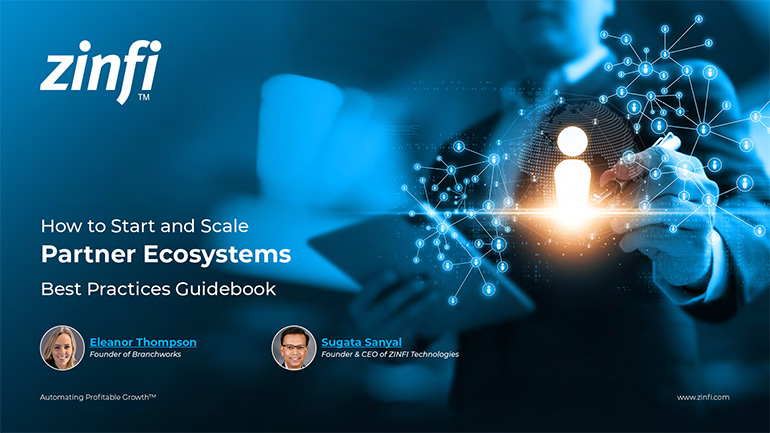 How to Start and Scale Partner Ecosystems Best Practices
How to Start and Scale Partner Ecosystems Best PracticesDownload Guide
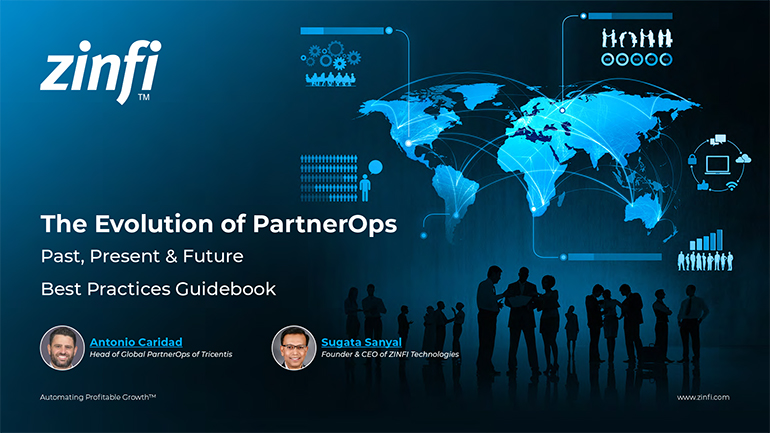 The Evolution of PartnerOps: Past, Present & Future Best Practices
The Evolution of PartnerOps: Past, Present & Future Best PracticesDownload Guide
 Mastering Channel Sales: Strategies, Best Practices, and Growth Tactics for 2025
Mastering Channel Sales: Strategies, Best Practices, and Growth Tactics for 2025Download Guide
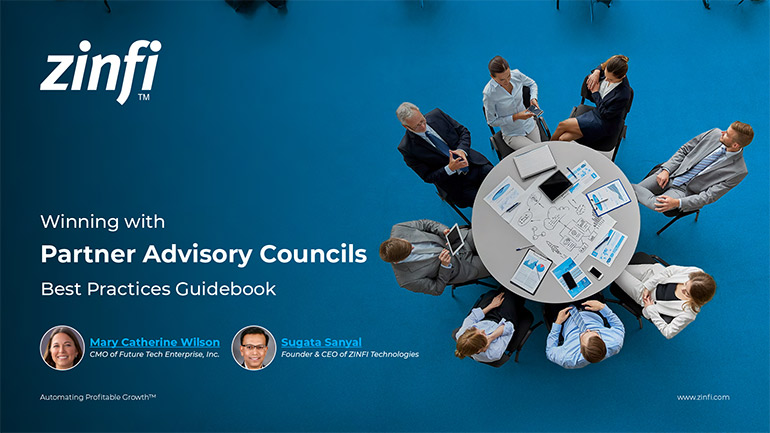 Winning with Partner Advisory Councils: Best Practices for Partner Engagement & Growth
Winning with Partner Advisory Councils: Best Practices for Partner Engagement & GrowthDownload Guide
 The Future of Partner Ecosystems Best Practices
The Future of Partner Ecosystems Best PracticesDownload Guide
 The AI Revolution: How Technology and Talent are Shaping the Future
The AI Revolution: How Technology and Talent are Shaping the FutureDownload Guide
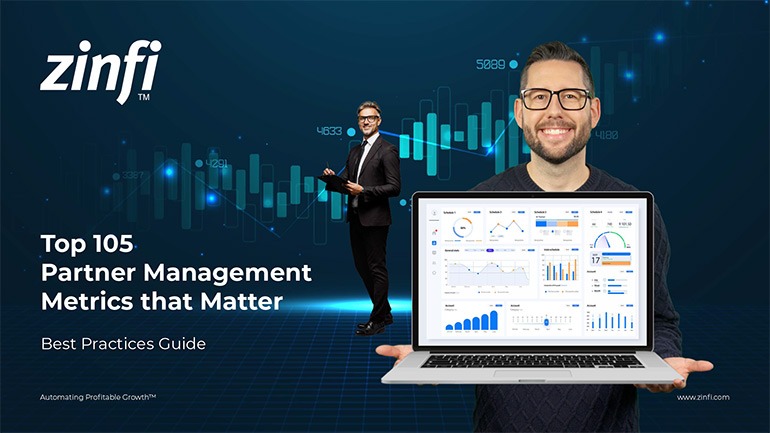 Top 105 Partner Management Metrics that Matter Best Practices
Top 105 Partner Management Metrics that Matter Best PracticesDownload Guide
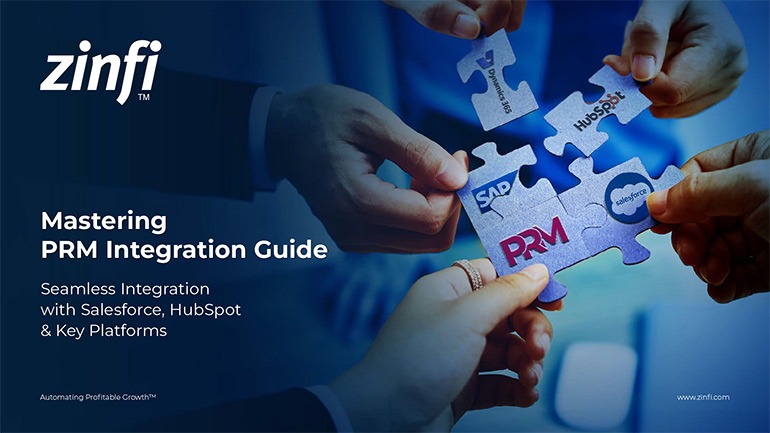 Mastering PRM Integration Best Practices
Mastering PRM Integration Best PracticesDownload Guide
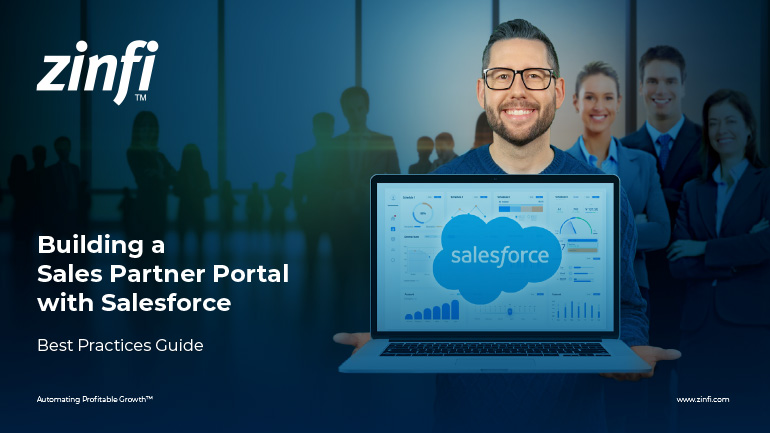 Building a Sales Partner Portal with Salesforce Best Practices
Building a Sales Partner Portal with Salesforce Best PracticesDownload Guide
 Building and Managing Partner Ecosystems Best Practices
Building and Managing Partner Ecosystems Best PracticesDownload Guide
 Mastering Co-Marketing and Co-Selling Best Practices
Mastering Co-Marketing and Co-Selling Best PracticesDownload Guide
 Transforming Partner Ecosystems Best Practices
Transforming Partner Ecosystems Best PracticesDownload Guide
 Mastering Partner Ecosystems Best Practices
Mastering Partner Ecosystems Best PracticesDownload Guide
 Mastering Partner Onboarding Best Practices
Mastering Partner Onboarding Best PracticesDownload Guide
 Partner Ecosystem Management Best Practices
Partner Ecosystem Management Best PracticesDownload Guide
 B2B Marketing in the Age of Intelligence Best Practices
B2B Marketing in the Age of Intelligence Best PracticesDownload Guide
 Multi-Partner Co-Selling Best Practices
Multi-Partner Co-Selling Best PracticesDownload Guide







